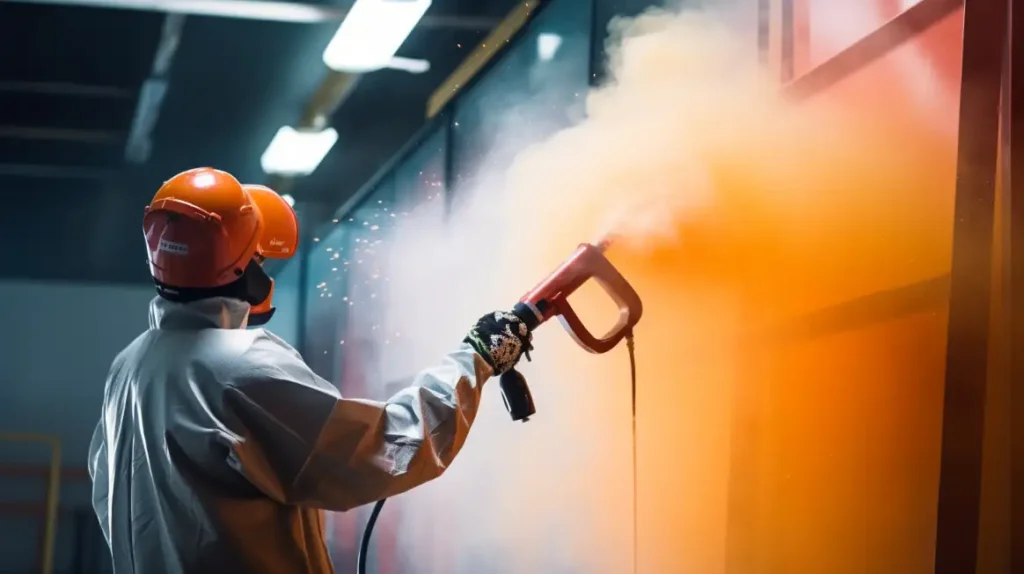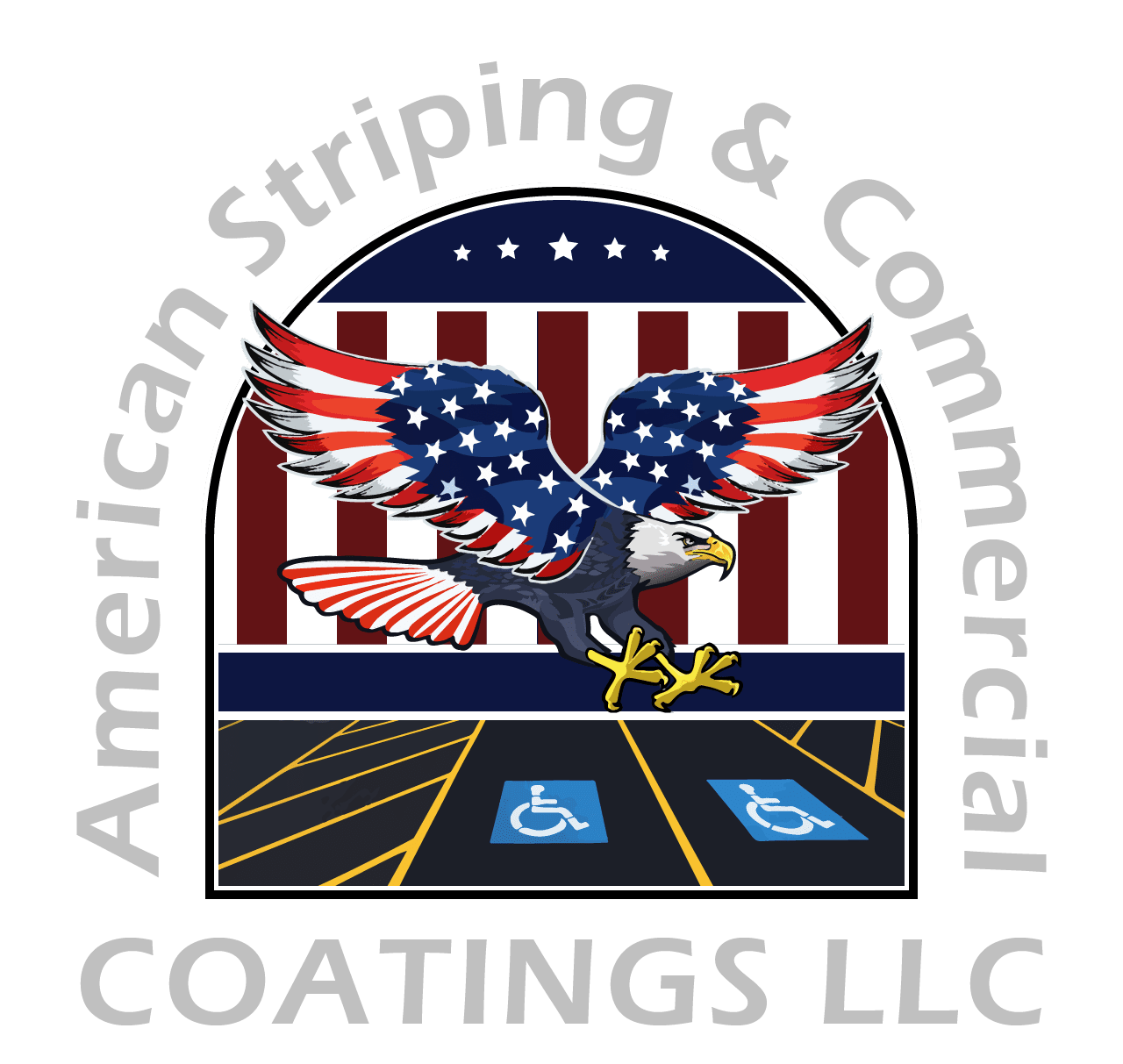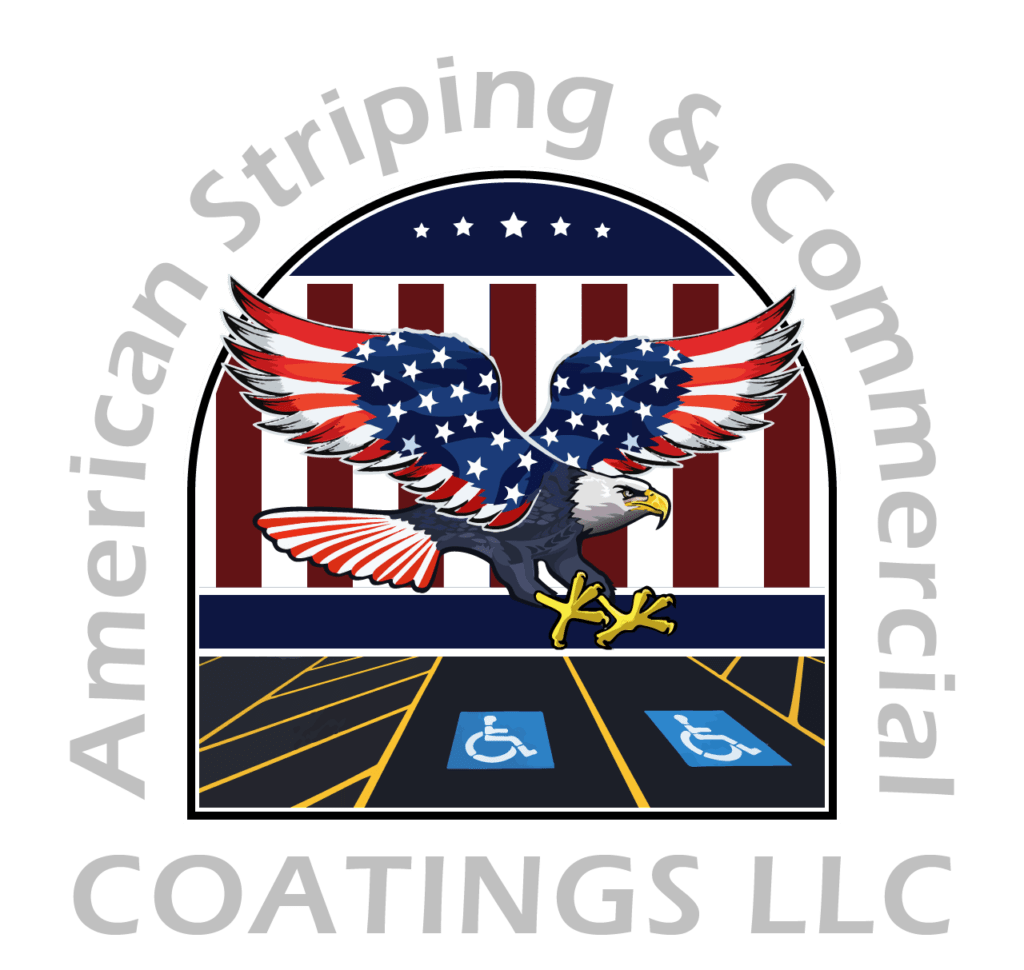(931) 743-7166 Monday - Saturday / 8:00 am - 5:00 pm EST
Benefits of Electrostatic Painting
Electrostatic painting offers several advantages over traditional painting methods, making it a preferred choice for many commercial and industrial applications:




